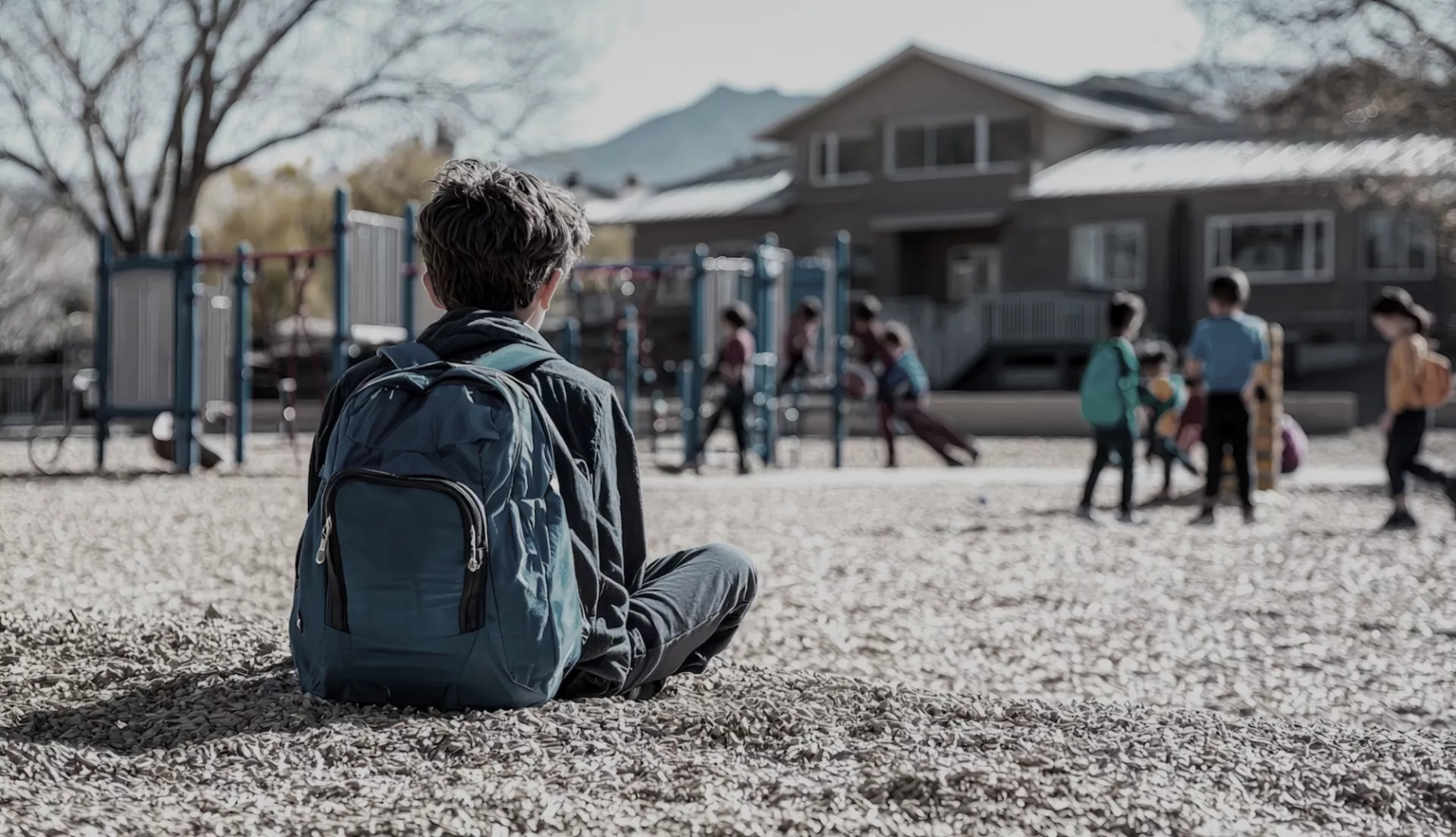Key Takeaways
- President Trump and Elon Musk’s stated intention to “move education back to the states” is deeply concerning to public education supporters and experts. Politicians from both sides of the aisle have voiced objections.
- Sending federal education dollars to the states in the form of block grants with little to no oversight makes it much less likely that the funding will reach the students it was intended to help.
- Instead, it is likely that those taxpayer dollars will be funneled into voucher schemes that drain resources from public schools, often to benefit wealthy families whose children already attend private schools.
The Trump administration’s torrent of firings and funding cuts at the U.S. Department of Education has drawn broad criticism from experts and former education secretaries in both parties. President Trump and Elon Musk’s stated intention to “move education back to the states” is equally concerning to public education supporters and experts.
Why? Because education decisions are already made close to families and students, and sending federal education dollars to the states with little to no oversight makes it much less likely that the funding will reach the students it was intended for: students with disabilities, those from low-income families, English language learners, and rural students to name just a few.
Instead, it is likely that those taxpayer dollars will be funneled into voucher schemes that drain resources from public schools, often to benefit wealthy families whose children already attend private schools.
Politicians and experts from both sides of the aisle are voicing objections to the idea of block granting federal education funding. Former Secretary of Education Margaret Spellings, appointed by President George W. Bush, says these sudden changes to how we fund public schools will be costly, complicated, and lead to children falling through the cracks. Education Secretaries for Ronald Reagan and George H.W. Bush have also publicly opposed Trump and Musk’s efforts to gut public education.
Educators and parents should be skeptical of any proposal to convert federal education funding to block grants, says Tom Zembar, manager of education policy and practice and NEA’s go-to expert on education funding.
In this Q&A, Zembar explains what is really at stake for students and educators if anti-public education politicians are successful.
First off… How does federal education funding work now?
Most federal education funding goes to states through formula grants, which require that schools and families are involved in decision-making. That helps ensure dollars go where they are intended. They are not competitive grants that states apply for; rather, funding amounts are calculated to help states meet current student needs.
Take Title I, for example: That funding goes to schools that serve a certain percentage of students from low-income families, to allow schools to lower class sizes and provide various academic interventions, among a host of other services that support student success.
Schools that receive Title I funding are required to create comprehensive plans based on an assessment of student needs that outline goals and how funds will be spent to meet those goals. Parents and community members are included in the goal setting process.
See how federal funding supports students in your state. You can also search by congressional district.
And what are block grants?
Block grants look similar to formula grants on the surface, but there are important differences. Typically, when specific programs are block granted the deal between the federal government and states is that the government will provide less funding in return for less regulation and fewer requirements.
It’s a common fallacy that with less regulation and more flexibility, states can do as much or more with less money. In reality, less funding simply means larger class sizes and fewer programs and services like afterschool tutoring, arts & music classes, and efforts that improve students' mental health.
Why is it a mistake to convert federal formula programs to block grants?
Formula grants come with “strings attached” precisely to ensure that all students have equal access to education. Providing states with federal aid and no requirements leaves the door open for states to do as they wish. Without any strings attached, whatever funding is sent to the states can easily be turned into private school vouchers. Students with disabilities, and students from rural areas or low-income families will pay the price.
Abandoning formula grants for block grant funding essentially turns the clock back 60 years on education policy and progress. While one would like to think that we can trust every state to do the right thing on behalf of all students, history tells us differently. Many states would seize the opportunity to siphon federal money away from public schools that serve all students and pump it into voucher programs that serve the few.
What happens to students with disabilities if IDEA funding is block granted?
If funding under the Individuals with Disabilities Education Act (IDEA) is block granted, critical protections and rights could disappear, for both students and parents. States would not have to answer to anyone about whether or how they are following the law. As a result, students in some states could receive needed services while students in others receive very few or none. Protections for students with disabilities should not be left to chance based on where they live.
If federal funding is reduced, can’t states make up the difference?
Losing the reliable federal funding provided by formula grants can devastate state budgets. To replace dwindling federal aid, states and localities must generate additional revenue by raising taxes on their residents. And if states and districts don’t cover the shortfall, students receiving Title I and IDEA services will lose those supports.





